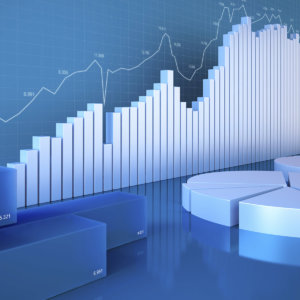Sustainability Reporting As a Tool for Better Risk Management
Don’t think of it as reporting — think of it as strategic risk management, say GRI’s Meehan.
Topics
Leading Sustainable Organizations
GRI is an international organization based in Amsterdam with offices around the world. It produces a set of standards used by organizations in over 90 countries and has become the global standard-setter for sustainability reporting. But as the organization’s Chief Executive, Michael Meehan, explains, sustainability reporting is not about writing a report; it’s the process by which organizations identify their risks related to important issues, like human rights, the environment, labor and other social issues. In a conversation with MIT SMR’s Nina Kruschwitz and David Kiron, he explains GRI’s purpose, how businesses can benefit from sustainability reporting, and what comes next.
Can you describe GRI’s thinking around sustainability reporting?
Let’s cover one thing first that will frame the rest of our discussion.
GRI has become synonymous with the sustainability report, and historically organizations have really only had one way of communicating what they do around, say, human rights, or the environment, or sustainability at large, namely a written report. But that’s no longer the case. It’s not about generating a 300-page report.
Sustainability reporting is important for companies because it’s a strategic exercise. It helps them understand where they’re at and what issues are important for them.
And the process of reporting is really about transparency. When Tim Cook got up at [Apple’s] annual general meeting [in February 2014], they had this activist shareholder group — well, you know what happened, and people said, “Wow, fantastic. Tim Cook is a real visionary for sustainability.” And maybe he is. But I see that more as a transparency issue.


Comment (1)
Nik Zafri Abdul Majid